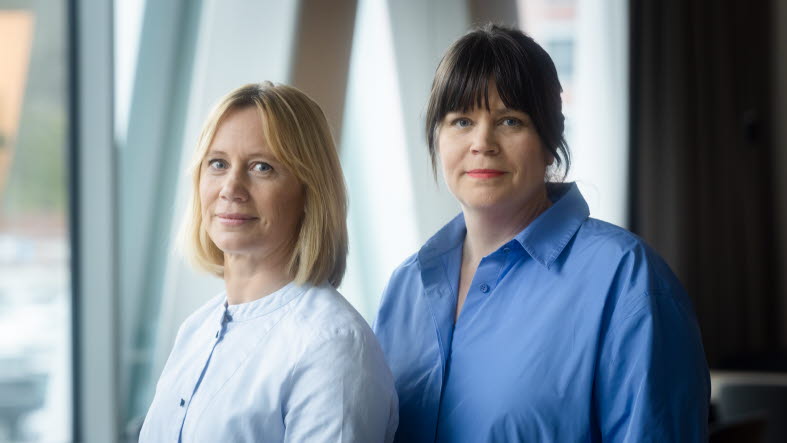How do you connect a wealthy, Swedish insurance company and a Ghanian entrepreneur needing a loan to broaden the selection in her grocery store? Hanna Holmberg and Camilla Löwenhielm, Portfolio Managers within microfinance at SEB, know. They can also tell why both parties would likely benefit from the exchange.
When meeting for this interview, Hanna Holmberg and Camilla Löwenhielm have just got back from Uzbekistan.
“Being out in the field gives a superior understanding of the markets where our funds operate. We get to meet the local lenders which help us distribute the loans, as well as some of the entrepreneurs that have borrowed money. During the pandemic we had to put all travelling on hold, but now we’re back at it again”, Hanna Holmberg says.
Let’s start from the beginning. In 2013 SEB was the first Swedish bank to launch a microfinance fund, with municipalities and insurance companies among its investors. The project soon proved a success and just recently the financing rounds for the bank’s tenth microfinance fund have been completed.
“Through our microfinance funds we work towards several of the UN sustainable development goals, such as ending poverty and achieving gender equality. So far, the yearly returns on the funds’ underlying loans have been 6 to 8 percent, fees included. It’s a concept with several winners”, Camilla Löwenhielm says.
To date, all the microfinance funds launched by the bank have targeted big, institutional investors. When asking Hanna why this type of funds is not yet available for private individuals, she says:
“Unfortunately, the big hurdle is the current Swedish legal framework. This has to do with the investors’ money being tied up for so long. But we are working on finding a structure that suits both the legal framework and smaller investors.”
No currency risks sit with the entrepreneurs
One of the special features of SEBs microfinance funds is that all loans are granted in local currencies. Several other funds have opted to grant loans in for example USD instead, which increases the risk for the borrower.
“Small currencies tend to fluctuate quite a bit, which comprises a currency risk. By granting loans in local currencies, that risk falls on us, which is where we feel it belongs. At the moment, we have around 40 different currencies in our funds, which gives us a fantastic diversification”, Camilla Löwenhielm says.
Hanna Holmberg adds:
”When it comes to microfinance funds that operate in local currencies, our position is very strong, considering our size. I would say we are in the top five, globally.”
Some examples of businesses that have been able to grow through the funds include silkworm breeding in India, metalworks in Uzbekistan and grocery sales on the Ghanian countryside.
Symbiotics audits the lending institutes
The process before any financing can reach entrepreneurs in developing countries – who normally have a hard time attracting capital – is quite complex. First, money needs to be transferred to various lending institutes on the market in question. To achieve this, SEB has chosen to partner with the Swiss firm Symbiotics.
”Symbiotics identify local lending institutes on our behalf and conduct due diligence of these, to make sure that they live up to our high set of standards. After this we, the portfolio managers at SEB, make a decision on every single investment that is carried out. The cooperation with Symbiotics has worked really well and has been running since our first microfinance fund was launched”, Camilla Löwenhielm says.
Symbiotics recently produced a series of films, featuring some of the entrepreneurs who have been granted a microloan. These films can be found below. Hanna Holmberg and Camilla Löwenhielm will soon be heading out on another trip, this time to India, where more meetings with both microfinance institutes and entrepreneurs await.

